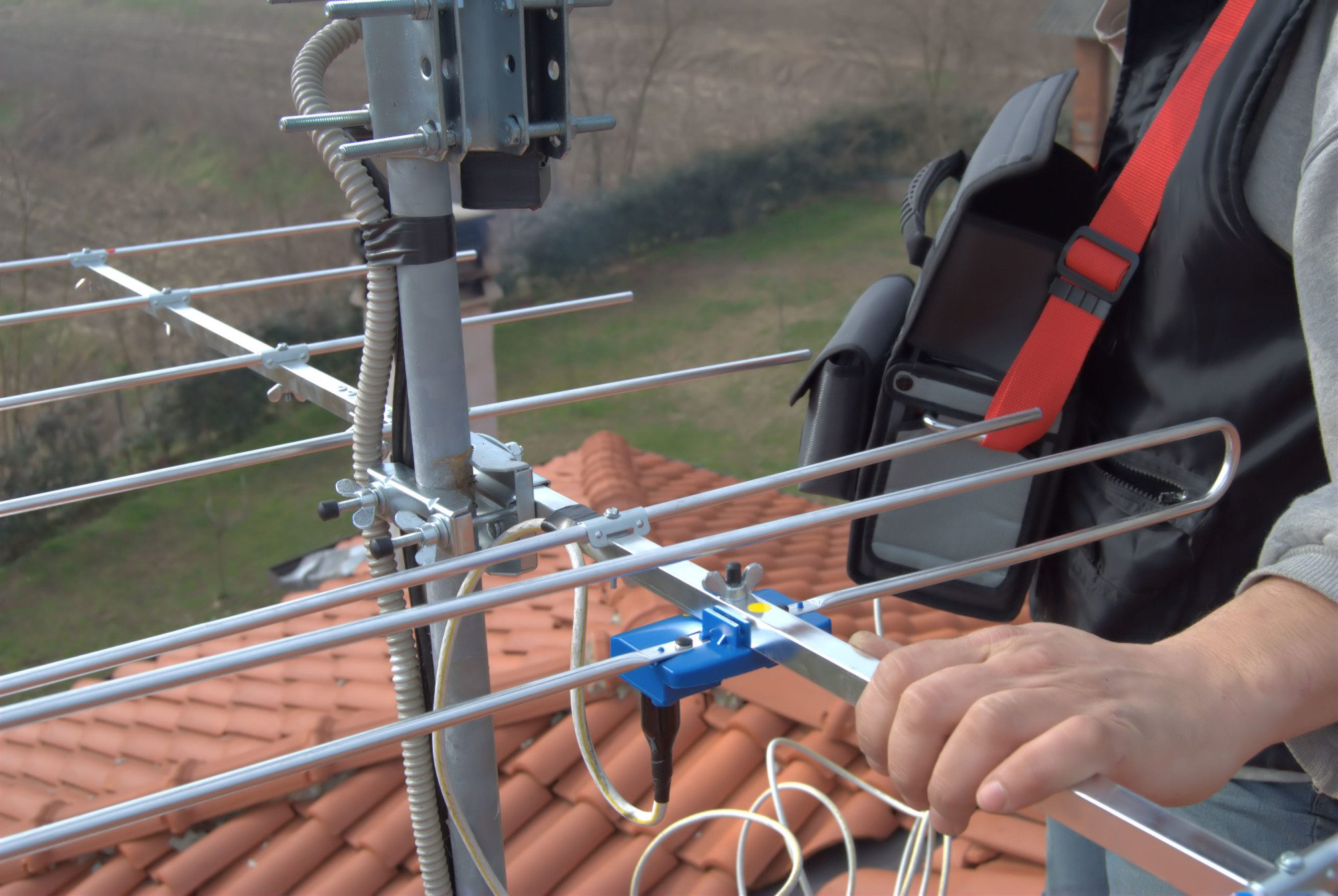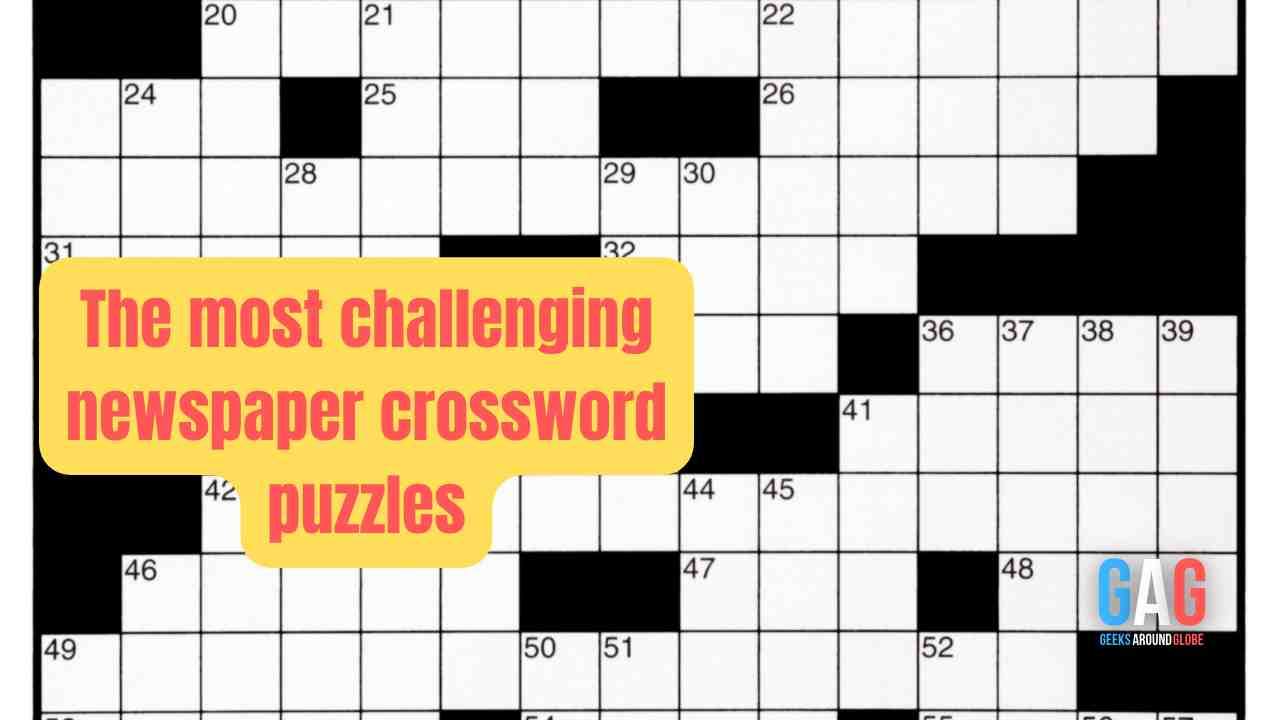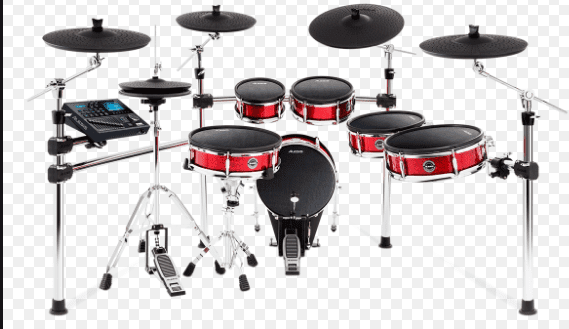Looking to buy a TV antenna?
With the global COVID-19 situation taking a toll on many, some don’t have many options but to stay home. This is how services like Netflix and Amazon are making a killing. While it may seem convenient, not everyone can afford a monthly subscription.
Cable and satellite are starting to get expensive and are more trouble than they’re worth. Most of the major channels and networks are now bundled in packages and overpriced deals.
On the bright side, there’s a way to get some of those channels for free. All it takes is investing in a TV antenna for your home.
Many local shops offer them, along with reputable installation services. If this sounds good, then read on for how to buy a TV antenna that is right for you.
Determining Your Needs
There are several factors to consider before you buy a TV antenna. One of the most important is determining how strong the signal is from your home. Services like TV Fool allow you to check this for free.
This helps you identify which local channels are available to you. The next step is figuring out what channels you actually want or need. You might have plenty of available signals, but you may only want specific ones.
By deciding before you buy an antenna, you can determine how strong it needs to be – and thus how expensive. You’ll find that the height and size of the antenna factor into how strong the signal is. The secret is the placement, as having your antenna outside in a raised location will help.
In theory, the larger your outdoor antenna, the more channels you should be able to pull in with high clarity. In practice, this isn’t always the case. Things like trees, buildings, and other obstacles can create interference.
Depending on your location, you may be able to point your antenna in specific directions. This will aid in pulling reception from nearby cities.
Indoor Versus Outdoor Antennas
After deciding on which to choose, you have to factor in whether you want an outdoor or indoor antenna. Some residences, especially if you’re leasing a space, might not allow outdoor antennas. Previous agreements and contracts with your lessor limit your choices.
If this might be an issue, then it’s best to opt for an indoor antenna. It’s cheap and reasonable when it comes to reception. You can mount it near the TV, by the balcony, or the window.
They’re similar to traditional ones but are more efficient than before. To have more channels than what your indoor antenna can provide, then buy a TV antenna that’s designed to do so. A good outdoor version does the trick.
While it can be on the bulkier side, you’re sure to pick up a better range. Positioning it outdoors also means that your walls or rooms don’t interfere with it. They’re also the better choice of TV antenna for rural areas.
Note that outdoor antennas can pick up far more range but can be more expensive. Depending on the available channels based on where you live and what you want or need, it’ll be worth the money. Roof-mounted towers are your best bet if you plan to splurge.
They can pull far-away signals with good quality. Finally, when buying a TV antenna, make sure to check that your setup is within the ACMA regulations. The last thing you want is to get a hefty fine for your major purchase.
Directional and Omnidirectional Antennas
Another thing on what to look for when buying a TV antenna is knowing whether they’re fixed antennas or not. This is where directional and omnidirectional antennas come in. Your location determines which one would suit you better.
Directional antennas lock in one direction for max signal strength. A good example is that if you live in the city’s outskirts, you might prefer one that directs itself towards the city center. The more populated regions of your area have higher signals.
That said, directional options are stronger but have a more narrow scope. If you’re in a more central area, why not buy an omnidirectional TV antenna. They’re designed to pull equally from all directions.
These antennas tend to perform well when surrounded by a variety of signals to pick up. One drawback of both is that they’re fixed, and you’ll have to move them around by hand. This is something to consider when factoring in your TV antenna installation cost.
Having things done by a professional means you don’t have to worry or deal with this hassle.
Amplifiers and Rotators
It’s in your best interest to get the top-quality antenna available to you. There’s nothing more annoying than not getting a clear TV screen or one that cuts out again and again. A strong antenna from the get-go will get the most initial signal.
However, if you have limited choices or are not working out, consider getting some add-ons. Amplifiers and rotators are some of the best ways to even the odds of poor location or signals. Amplifiers strengthen signals, while rotators move your antenna in different directions.
Some even offer up to ranges that reach 150 miles and 360-degree rotation. If you buy a TV antenna or add-on that’s not compatible with each other, then this isn’t the solution for you. It’s best to check with the manufacturer before splurging on one.
Buy a TV Antenna That’s Right for You
TV antennas can save you from boredom and expensive payments and subscription fees. If you’re looking to buy a TV antenna, all you need is the ideal one for your space and meets your requirements. The only tricky part is finding the right place and people to install it for you.
While they’re easy to DIY, nothing beats having the experts do it for you in one shot. Find out about antennas and how to handle them better today. Check out our site for plenty of tips and other resources.







